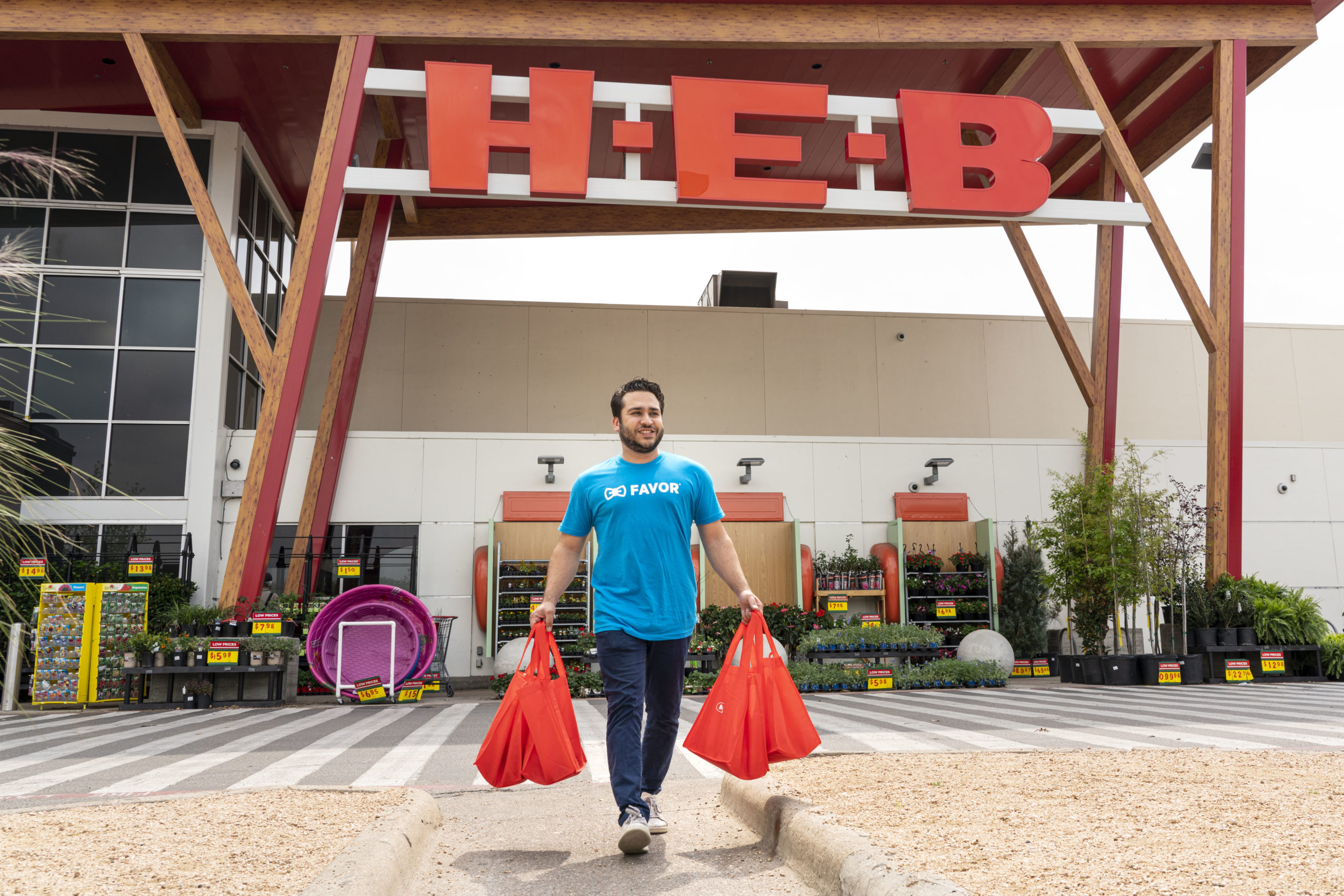Inside Looks at Two Companies’ Responses to the COVID-19 Crisis

Recent articles provide inside looks at how two companies are dealing with the coronavirus (COVID-19) pandemic. A major theme from both is the importance of getting accurate information early on — and usually from as close to the ground as possible.
On March 26, Dan Solomon and Paula Forbes of Texas Monthly ran an oral-history-style piece, based on interviews with executives, other employees, and customers, on how Texas supermarket behemoth H-E-B responded to the crisis.
“Inside the Story of How H-E-B Planned for the Pandemic” focuses mainly on operational issues, such as limiting store hours and quantities customers could buy, but also examines incoming information channels. The company also has a robust collection of information about the pandemic on its news site.
San Antonio-based H-E-B has had a pandemic plan going back to 2005, which it constantly refines, according to Justen Noakes, its director of emergency preparedness. At that time, there was the threat of H5N1 in China, and the company used the plan in response to H1N1 in 2009. H-E-B also has long experience with hurricanes, especially Hurricane Harvey (experiences that taught it customers want to hear from the company during a crisis).
The most important lesson for us is to listen to what’s going on in our stores.
— Justen Noakes, H-E-B’s director of emergency preparedness
Through contacts in China, H-E-B was aware of the coronavirus situation in that country, and in early February it started to put its crisis plan into effect. It began to think of what it would do if there was an outbreak in Texas. The first coronavirus case in that state came Feb. 12. (H-E-B has more than 400 stores in Texas and Mexico.)
“The most important lesson for us is to listen to what’s going on in our stores,” Noakes said. “When we started seeing the N95 masks and the sanitizers, we took that as a good sign that our customers were concerned about what was going on, and that’s what really spurred us to activate our program. That’s the biggest one — to make sure that we’re really paying attention to what our customer does, and to actually respond to it.”
Senior Living
We also have the inside scoop on how a company in the senior-living space reacted to the crisis. In a March 29 article in Senior Housing News (“48 Hours in a Senior Living Covid-19 War Room”), writer Tim Mullaney showed the response of Omaha, Nebraska-based Heritage Communities.
Mullaney writes that Heritage established a war room on Feb. 28. One of the first questions a crisis team must ask itself is how often it will need to meet. Heritage’s team decided it would gather once a week; it was quickly dispelled of that optimistic notion, and now meets (keeping a social distance) almost constantly.
The core team is small, consisting of Vice President of Sales and Marketing Lacy Jungman (the article is based on interviews with her), COO Amy Birkel, and Director of Community Healthcare Chris Johnson. Its goals, according to Mullaney, are to “stay on top of new developments, craft policies in response, and communicate those decisions across multiple platforms to a variety of stakeholders.”
One way the crisis team does that is to have back-to-back phone calls with its 13 facilities. These conversations help both with learning what’s happening on the ground and imparting advice from central command.
Visitation Restrictions
For example, one challenge for the senior-living industry is anxiety caused by visitation restrictions on family members during the COVID-19 pandemic. Jungman said hearing about those frustrations from employees at the facilities made the company realize it has to communicate more often and better with family members.
It decided to create a list of FAQs on that issue, which would lead to other communications documents. Jungman also drafted statements for the scenario of someone in a Heritage facility testing positive for COVID-19.
The company decided to create a multimarketing campaign to reach residents, families, and staff called “Heritage United,” which includes a video featuring various executives.
Knowing what was happening at the local level was so important, Jungman told Mullaney, that she downloaded the apps of the local news media in every one of Heritage’s markets.
Smart move.
Photo Credit: H-E-B
This is an abridged version of an article that appeared today on the CrisisResponsePro paid subscription portal. (CrisisResponsePro subscribers can access the full version by clicking here. ID and password are required.) To take advantage of all of the content, data, and collaborative resources CrisisResponsePro has to offer, contact us at info@crisisresponsepro.com.




 Back to Blog
Back to Blog